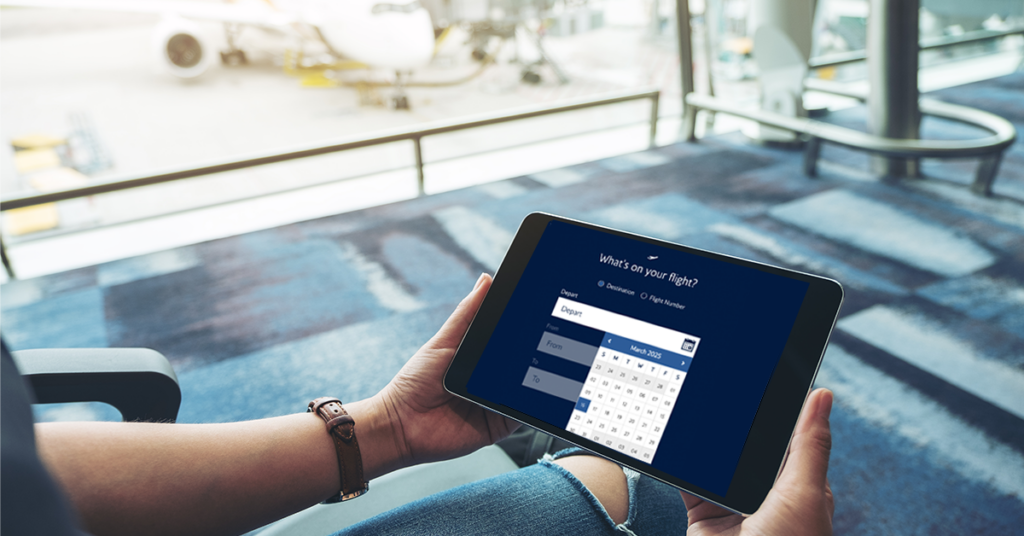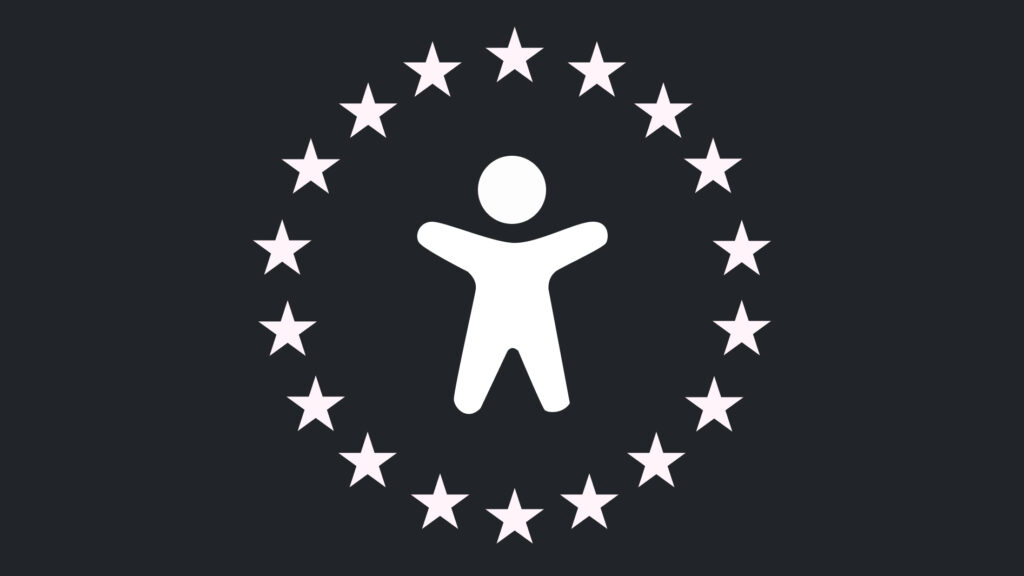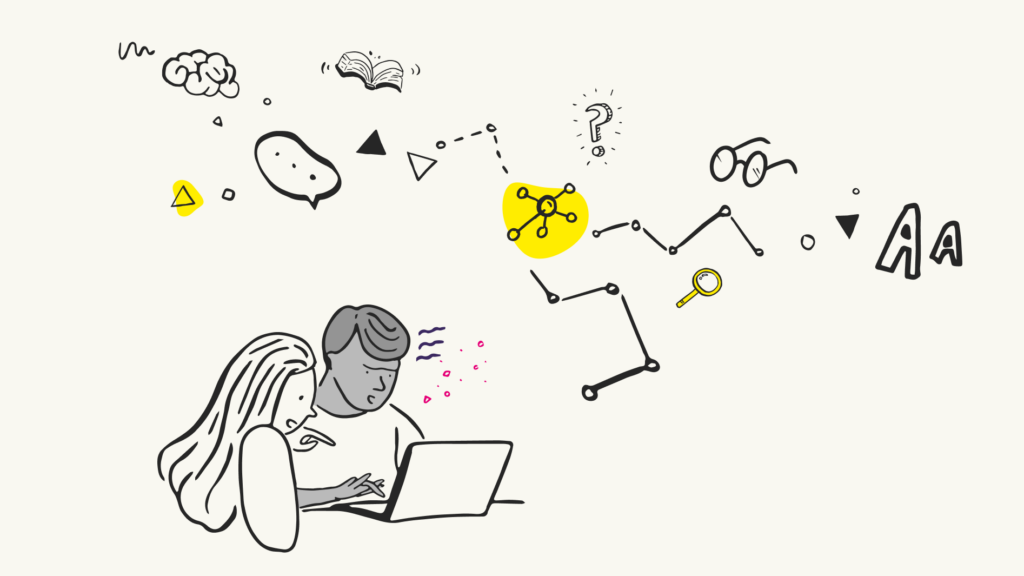Links are like sign posts. They should tell you what you’ll find when you follow them. Writing good link text isn’t difficult, but there are a few things to be aware of when you do.
Link text should make sense
Links should stand out visibly from the surrounding page content. This makes it easy to scan a page looking for the link that will take you to the information you’re looking for. This strategy works best when the link text makes sense on its own. Imagine a link that simply said “On the next page”. If you saw it, you’d almost certainly have to stop, look at the content surrounding the link, and then decide whether the link was worth following. It might only take a few seconds to do that, but its hassle you could live without. If you use a screen reader, the act of scanning the content around a link is more difficult. Visually you can take in a large amount of information at a glance. With a screen reader it’s possible to explore the surrounding content, but it takes a little more time. Some screen readers have the ability to display a dialogue containing all the links on a page. This approach is useful because you can use first letter recognition to move quickly between links (for example hitting h to find the “Home” link). If the links on a page don’t make sense on their own though, this approach falls apart completely.
 Jaws link dialog box showing poor link phrases
Jaws link dialog box showing poor link phrases
Don’t be device specific
Link text such as “Click here for more…” is a bad choice for another reason. It assumes you have a mouse. This has long been a mild point of irritation for people unable to use a mouse, but it’s now a very out dated assumption in general. Touch screen anyone?
Use link text wisely
It’s fairly common to find pages with several links that all start the same way. An example might be a news site, with links such as “Read more about the Eurozone crisis”, “Read more about Posh and Becks”, or “Read more about arrests at airport”. The chances are that people scanning the page will rapidly start to ignore the “Read more” bit of each link. In fact it may as well not be there at all. It could be argued that (in this specific case) not everyone will read the subsequent page at all. We’re getting into some very pedantic semantics here, but there’s a good chance people will be listening to the page as much as reading it. This is almost an incidental point, but worth acknowledging. Using repetitive phrases at the start of every link text also makes things awkward for people using their screen reader to call up a list of links on a page. The ability to use first letter navigation to find a specific link is completely neutralised.
Include relevant information
Links don’t always lead to pages of course. It’s equally important to make this clear when you write your link text. There are few things more painful than activating a link on your mobile, only to realise it’s begun to download a 20Mb PDF!
Writing good link text
The trick to writing good link text is to ask yourself where the link leads. Focus on that piece of information, and write your link text to represent it as concisely and accurately as possible. For example, if your link leads to a news story about a diamond robbery, the text might be “Diamond heist at De Beers”. If the link points to a report for download, your link text might be “Lloyds TSB annual report (PDF, 25Mb)”. In this way you’re enhancing the experience for all visitors to your website. You’re making the process of scanning the page for links more efficient for sighted and blind people. You’re making it easier for people without a mouse, people on different devices, and people who consume information in different ways. You’re also making the best use of the space on the page, which might just make things easier for you too.
Can we help?
Start building accessibility into your projects at the beginning to save time and money, don’t just leave it hanging on the backlog letting it gather up dust. Drill it in.
If you would like Nomensa to help you with your accessibility challenges or to provide you with an accessibility evaluation of your website/mobile app, please don’t hesitate to get in touch.
Take a full look at the digital accessibility services that we offer.
We drive commercial value for our clients by creating experiences that engage and delight the people they touch.
Email us:
hello@nomensa.com
Call us:
+44 (0) 117 929 7333




